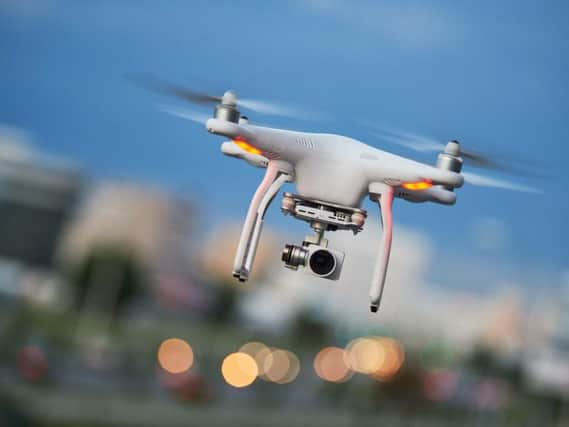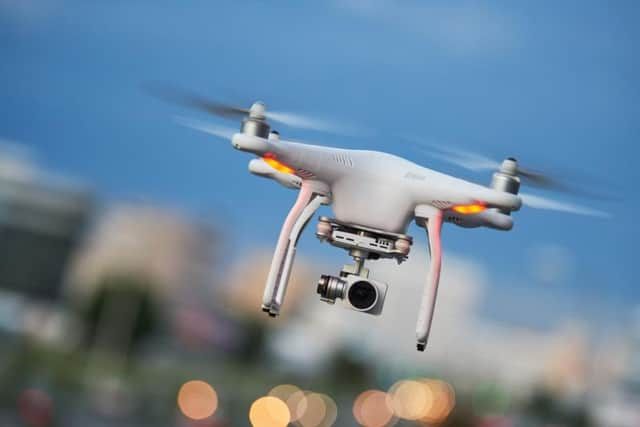Drones and the law - what you can and can't do, and the consequences of breaking the regulations


Anyone flying a small drone must always have direct visual contact with it. Breaking this law could lead to a fine of £2,500.
On July 30, 2018, it also became against the law to fly a drone above 400ft (120m) or within 1km of an airport or airfield boundary.


Anyone caught doing so could a face a £2,500 fine.
Advertisement
Hide AdAdvertisement
Hide AdFrom November 30, 2019, all owners of drones weighing 250g or more will also have to register with the Civil Aviation Authority and drone pilots will have to take an online safety test.
Failure to comply could see people fined £1,000.
General aviation rules also apply to drone pilots.
Flying drones in a manner which is likely to endanger an aircraft could result in a five year prison sentence, as could causing an aircraft to endanger people or property.
And intentionally using a drone to commit an act of violence at an international airport could mean life imprisonment.
In January 2019, the Government announced it would be bringing forward a draft Drones Bill which could give the police powers to issue on-the-spot fines for minor drone offences.
Advertisement
Hide AdAdvertisement
Hide AdThe Government also plans to widen the restrictions around airports to about 5km.
Of course, laws could be ineffective against those who seek to cause deliberate disruption - or even danger - to flights.
So the Home Office has said it is also pushing forward with the testing and evaluation of technology to detect and combat the malicious and illegal use of drones to protect airports and other sensitive national infrastructure.